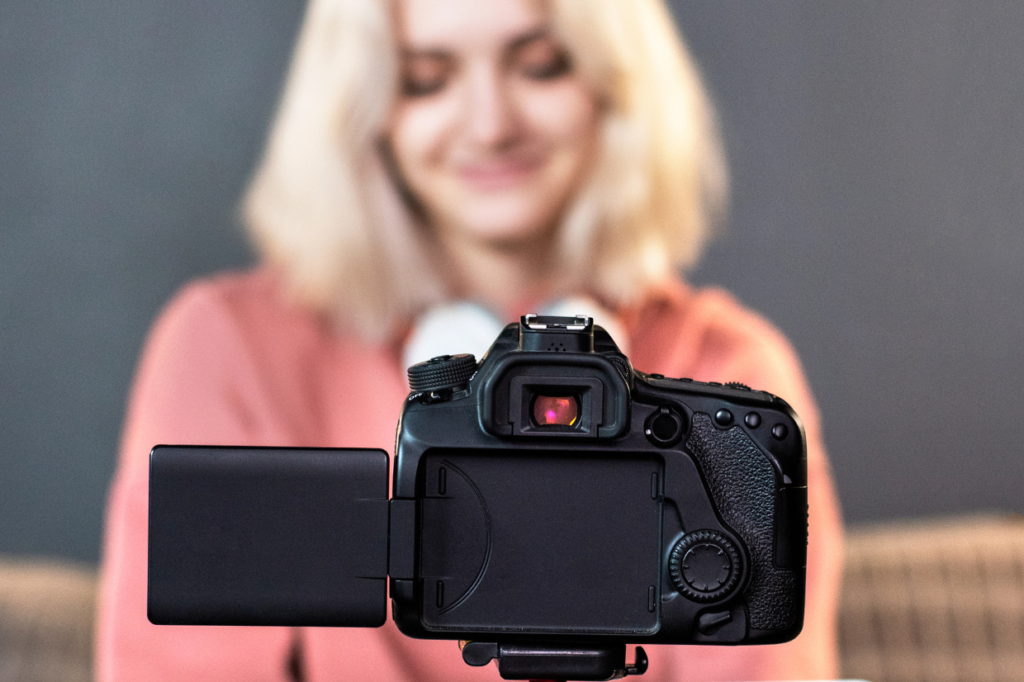Introduction:
If you’re an influencer on social media, you may have heard of whitelisting. But what is it and how can it benefit you? Simply put, whitelisting is the process of granting a brand partner advertising permissions to your social media accounts. This allows brands to use your handle for their ads. While whitelisting provides numerous advantages for brands, it can also be beneficial for you as a creator.
Benefits of whitelisting for influencers:
One of the major benefits of whitelisting is the exposure it can provide you to new audiences. When brands use your content to reach wider, like-minded audiences, you also get the opportunity to be seen by people who may not have interacted with your account before. This widened visibility can drive more people to discover your account and help you grow your following quickly.
Another benefit of whitelisting is that it builds trust between you and the brand. By allowing them to run ads through your account, you are showing that you trust their product or service and that you believe it will be valuable to your audience. This trust can go a long way in elevating the relationship between you and the brand, and may lead to more authentic and successful partnerships in the future.
How is a whitelisted ad different from a brand-owned ad?
When you think of influencer marketing, you’re probably familiar with #sponsored posts that influencers post to their personal accounts. This has been a popular way for brands to partner with creators on social media. On Instagram, these posts may be taggedas “Paid partnership with [Brand].” On Facebook, they may be posted by “[Creator] with [Brand].” This type of influencer-generated content (IGC) is often repurposed into a brand-owned paid ad across various channels, which runs under the brand’s handle.
However, whitelisting is different from brand-owned ads in that it takes the partnership to the next level. Whitelisting allows brands the special privilege of running ads through your account, meaning the ads are shown under your handle. It also grants marketers the freedom to create ads that are slightly different than the original post to deliver higher performance. For example, they can add call-to-action buttons like “Shop now,” change the ad copy, or even slightly edit the content.
Whitelisting also gives brands the ability to dark post, which are paid Facebook and Instagram ads that don’t appear on an influencer’s timeline, page, or Stories. Dark posts don’t show up in the news feed of the influencer’s followers, unless specifically targeted to that audience. This means brands can create a variety of ad content without cluttering up your feed.
In addition, whitelisting allows brands to use your audience data to get the whitelisted ad in front of their target consumer – not just your existing audience – by utilizing tools to customize lookalike audiences.
Perhaps most importantly, whitelisted ads run through the Ads Manager and can be fully tracked and measured, from impressions and clicks to conversions. Brands can set UTM parameters to each call-to-action button, as well as IG Story swipe-ups in dark posts, to gain full funnel visibility in Google Analytics along with conversion tracking. This enables brands to achieve their business objectives, whether it be reach, page views, or purchases, and measure the tangible ROI of their influencer campaigns.
Conclusion:
In conclusion, whitelisting is a useful tool for influencers on social media. It allows you to share your own content without going through the usual approval process, and it can also provide you with exposure to new audiences and build trust with brands. While it’s important to remember that whitelisting only applies to original content and not third-party content without permission, it can be a valuable tool for maximizing your reach on social media.

